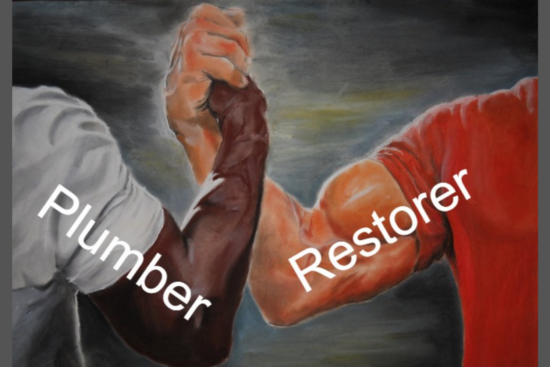- © 2025 United Restorers. All Rights Reserved.
Geofencing: A Smart Way to Target During CAT Events
Category: Geofencing • March 1, 2024
When big storms hit, people need help fast. That’s where geofencing comes in. It’s a smart tool that lets restoration companies target CAT events by reaching out to those affected by the storm, right when they need it the most. Let’s break down how it works and why it’s such a game-changer.
What Is Geofencing?
Think of geofencing like drawing an invisible circle around a specific area on a map. When a storm is about to hit that area, companies can send helpful messages to people’s phones inside the circle. It’s a way of saying, “We’re here to help,” exactly when people start looking for assistance.
Getting the Message to the Right People
Geofencing is super smart. It can target messages to people based on things like how old they are or how much money they make. This means the messages get to the folks who really need help, making sure nobody’s time is wasted.
Before the Storm Hits
Imagine a storm is heading towards a place like Kingwood, TX. With geofencing, companies can start sending helpful info to people there a week before the storm arrives. And if people have to leave their homes and stay in hotels, geofencing can send messages to those hotels, too. This way, everyone knows who to call for help, no matter where they are.
Digital Flyers: The New Way to Spread the Word
Instead of leaving paper flyers at hotels, geofencing sends digital flyers right to people’s phones. It’s like having a flyer that follows you around, popping up whenever you check your phone. And the best part? It’s way cheaper than other ways of advertising online.
Why Using Geofencing To Target CAT Events Is So Effective
Geofencing lets restoration companies reach the right people at exactly the right time. It helps companies: Send the right messages to the right people. Get the word out before and after the storm, even if people have to move. Save money while reaching more people. In short, geofencing is a powerful way for companies to be there for people hit by big storms, making sure they get the help they need to bounce back. It’s smart, efficient, and cost-effective, making it a win-win for everyone involved.
Learn More: Schedule A Video Call Today.



